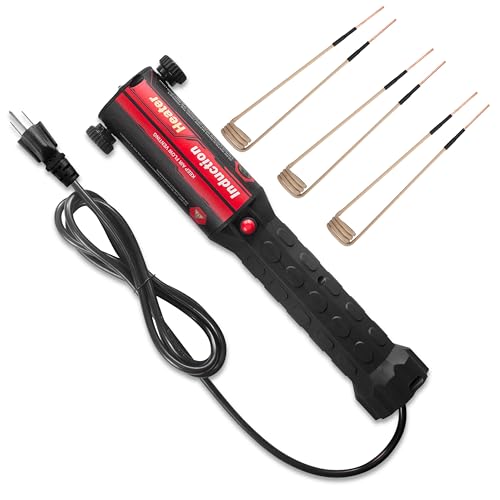Sniper
Canadian Rust Bucket
Here's a little problem solving involving hydraulics. And here is the senario:
We take a perfectly working, double acting hyd cylinder apart. (Double acting has a port at each end allowing you to power the piston and shaft back and forth. A single acting cylinder has a port at the 'bottom' end only, with a breather at the shaft end. You can power it out, but gravity or weight must be appiled to get it to retract.)
Now, with the double acting cylinder apart, we take a hacksaw and cut a 'v' groove into the edge of the piston, removing the metal sliver, plus the bits of seal that would be in that area.
Figure #1 shows what we mean, dark area is the remaining groove.
Figure #2 We reassemble the cylinder just the way it was, piston and shaft are assembled and slide into the cylinder approx 1/3rd of the way. Cap and seals are now slid over the shaft and tightened down on the end of the cylinder making it leak proof. We add hyd oil in through both upper and lower ports, completely filling the void in the cylinder. (Yellow area)With all air removed and full of oil, we plug the ports making them leak proof. The cylinder is now sealed.
Figure #3 We put the cylinder, standing up in a solid frame using pins at each end. The upper arm is on a pivot pin so it can move up or down. We let go of the arm and the full weight of the arm is now resting on the end of the shaft.
What happens and why?
Figure #4 The exact same set up as in figure #3, only we added 100 lbs. to the end of the arm. Now we let go of the arm.
What happens and why?
 Sniper
Sniper
We take a perfectly working, double acting hyd cylinder apart. (Double acting has a port at each end allowing you to power the piston and shaft back and forth. A single acting cylinder has a port at the 'bottom' end only, with a breather at the shaft end. You can power it out, but gravity or weight must be appiled to get it to retract.)
Now, with the double acting cylinder apart, we take a hacksaw and cut a 'v' groove into the edge of the piston, removing the metal sliver, plus the bits of seal that would be in that area.
Figure #1 shows what we mean, dark area is the remaining groove.
Figure #2 We reassemble the cylinder just the way it was, piston and shaft are assembled and slide into the cylinder approx 1/3rd of the way. Cap and seals are now slid over the shaft and tightened down on the end of the cylinder making it leak proof. We add hyd oil in through both upper and lower ports, completely filling the void in the cylinder. (Yellow area)With all air removed and full of oil, we plug the ports making them leak proof. The cylinder is now sealed.
Figure #3 We put the cylinder, standing up in a solid frame using pins at each end. The upper arm is on a pivot pin so it can move up or down. We let go of the arm and the full weight of the arm is now resting on the end of the shaft.
What happens and why?
Figure #4 The exact same set up as in figure #3, only we added 100 lbs. to the end of the arm. Now we let go of the arm.
What happens and why?



















































